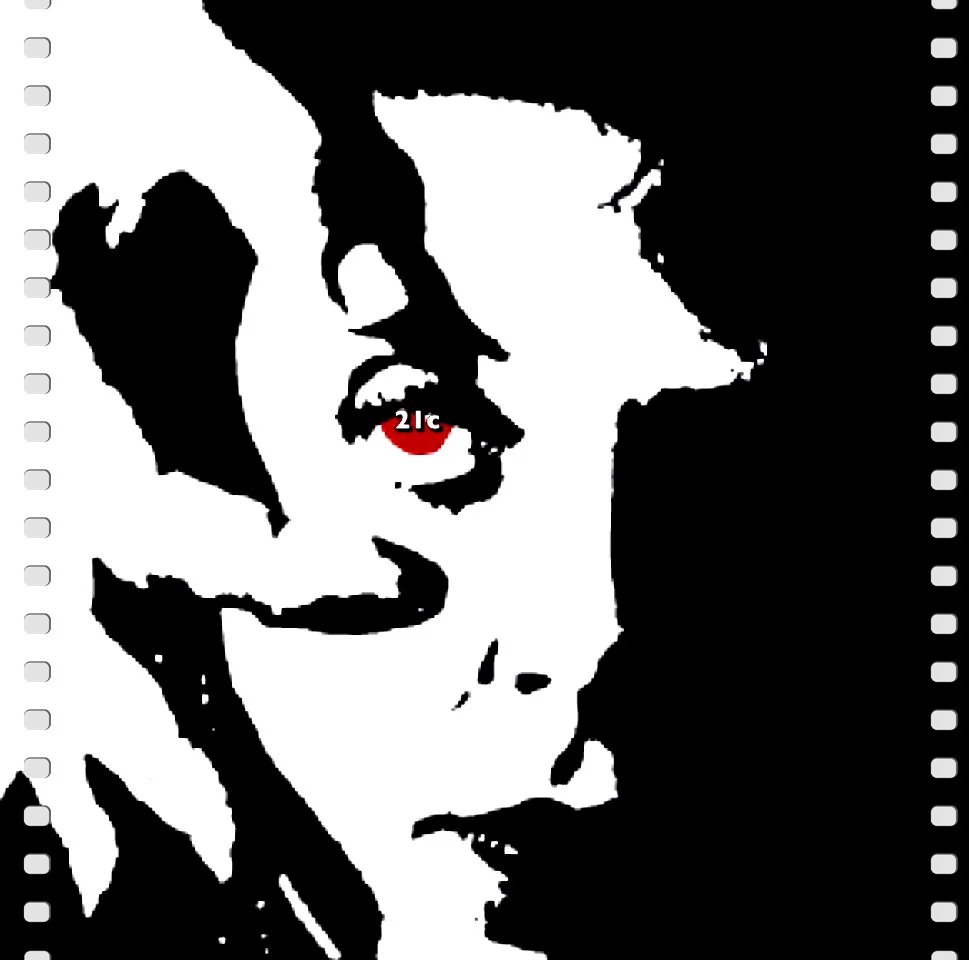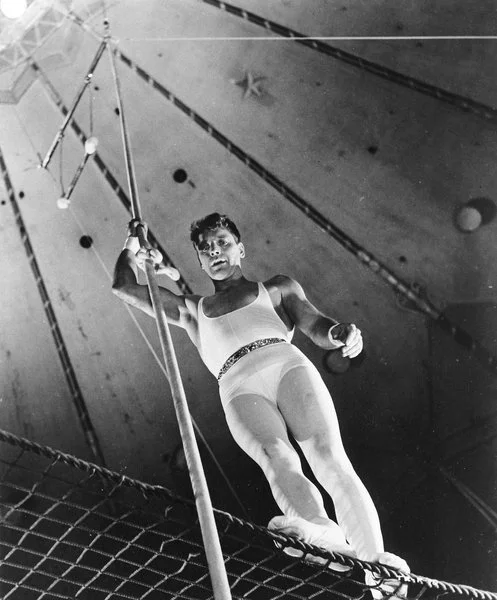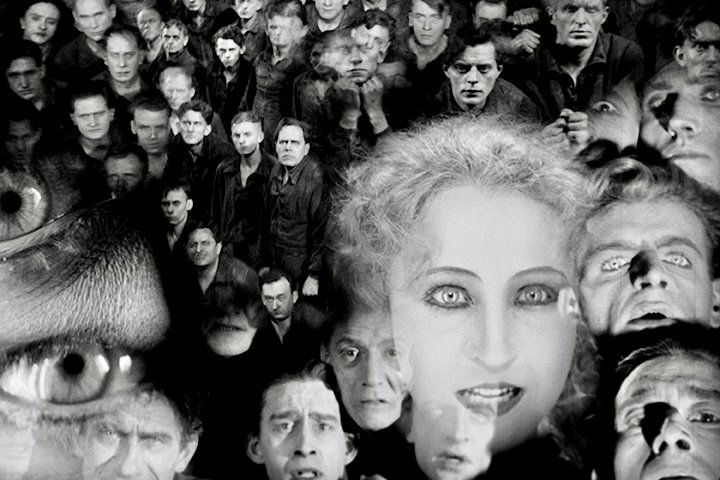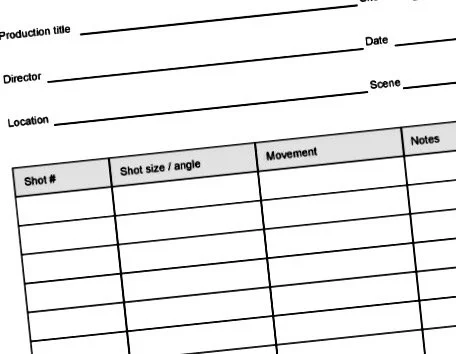Film Directing 113: The Director's Focus
/The mind of your audience is the main concern
As a film director, the focus in your shot is either something that you want and can use, or it’s something that you don’t want and can’t use.
Be happy with your shots and takes. Make them the best they can be. Once you’re in post-production, focus issues cannot be resolved.
Read More





